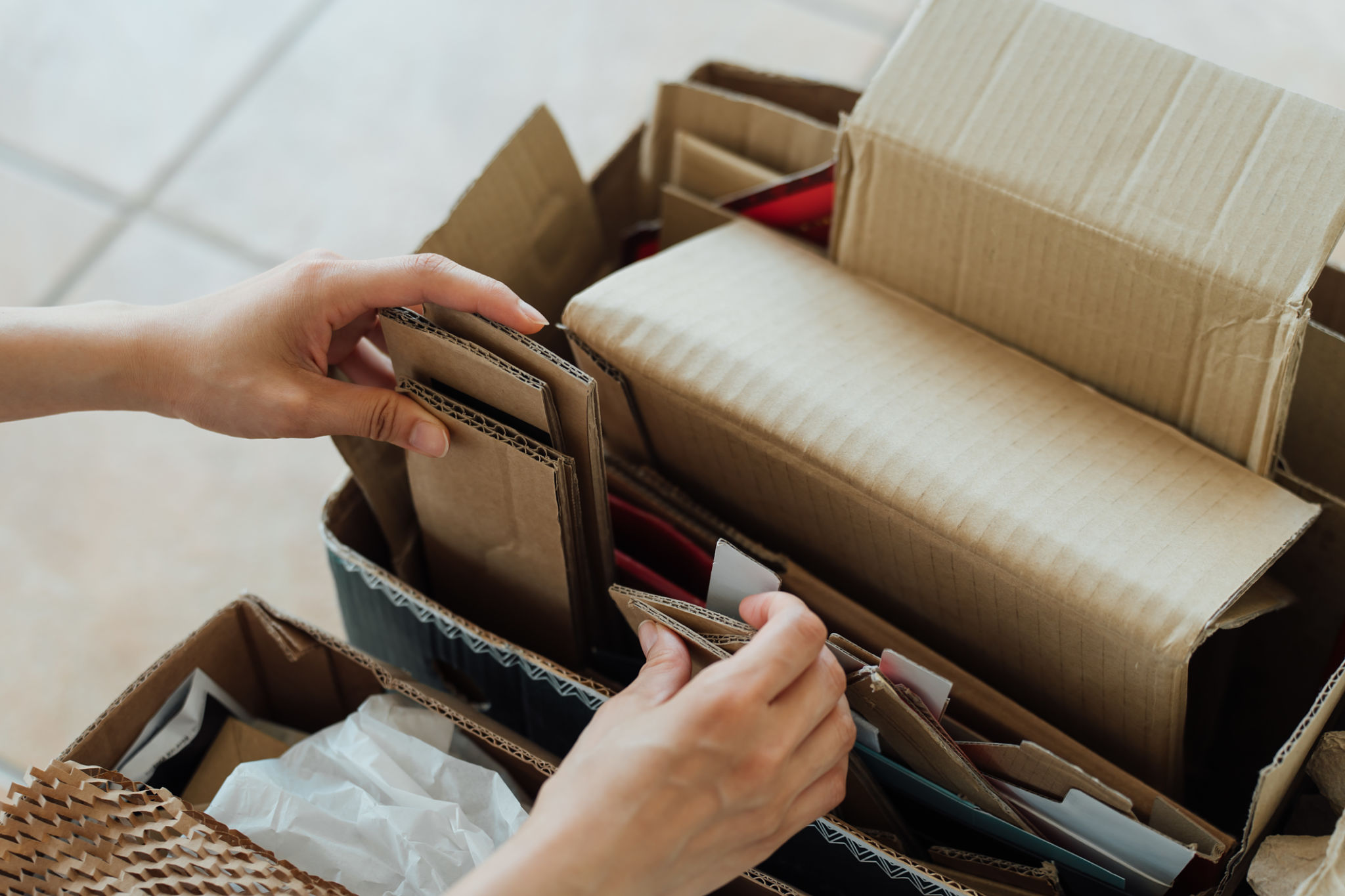How to Implement a Reusable Packaging System in Your Shenzhen Store
Understanding the Benefits of Reusable Packaging
Implementing a reusable packaging system in your Shenzhen store can significantly reduce waste, cut costs, and appeal to eco-conscious consumers. As the world becomes more environmentally aware, offering sustainable packaging options can set your store apart from competitors. By choosing reusable packaging, you not only contribute to the environment but also enhance your brand image as a responsible business.
Reusable packaging can take many forms, including cloth bags, glass containers, and durable plastic bins. These can be used multiple times, reducing the need for single-use plastics that often end up in landfills. By adopting such systems, you're not only saving resources but also showcasing your commitment to sustainability.

Assessing Your Current Packaging Needs
Before diving into a reusable packaging system, it's crucial to assess your current packaging needs. Begin by analyzing which products are most frequently purchased and how they are packaged. This will help you identify the areas where reusable options can be introduced effectively. Consider the types of materials you currently use and evaluate their environmental impact.
Engage with your customers to understand their preferences. Conduct surveys or informal discussions to gauge their interest in reusable packaging. Understanding their needs and expectations will help tailor a system that aligns with both your business goals and customer demands.
Calculating Costs and Savings
Transitioning to a reusable packaging system may involve initial costs for purchasing durable containers or setting up a return mechanism. However, it's important to weigh these against the long-term savings. Reusable packaging can reduce ongoing expenses as you won't need to continuously purchase disposable materials. Additionally, some suppliers offer discounts for bulk purchases of reusable items.
Designing Your Reusable Packaging System
Once you've assessed your needs and calculated potential savings, it's time to design your reusable packaging system. Consider what types of containers will best suit your products. For instance, glass jars might be ideal for liquids, while cloth bags could work well for dry goods. Ensure that the packaging is durable and easy for customers to return.

Implement a clear system for returns and exchanges. This could involve offering incentives for customers who bring back their packaging, such as discounts on future purchases or membership points. Make it easy for customers to return used packaging by setting up designated drop-off points in-store.
Training Staff and Engaging Customers
For your reusable packaging system to be successful, it’s essential to train your staff thoroughly. They should understand the benefits of the system, how it works, and be able to communicate this effectively to customers. Consider holding workshops or training sessions to ensure everyone is on the same page.
Engage with your customers through marketing campaigns that highlight the benefits of reusable packaging. Use social media platforms to share information about how the system works and its positive impact on the environment. Encourage customers to participate and share their experiences using your new packaging options.

Monitoring and Adapting Your System
After implementing your reusable packaging system, continuously monitor its effectiveness. Gather feedback from both staff and customers to identify any areas for improvement. Are customers finding it convenient? Are there any logistical challenges that need addressing?
Be prepared to adapt your system as needed. Perhaps certain containers are more popular than others, or there might be an opportunity to introduce additional types of reusable packaging. Staying flexible will help ensure the long-term success of your initiative.
Celebrating Milestones and Successes
As your reusable packaging system becomes established, celebrate milestones and successes with your team and customers. Share achievements such as reductions in waste or positive customer testimonials through newsletters or social media. Recognizing these efforts will reinforce the value of the initiative and encourage continued participation.
Implementing a reusable packaging system in your Shenzhen store is a forward-thinking step toward sustainability. With careful planning, customer engagement, and ongoing adaptation, your store can lead by example in promoting environmentally responsible practices.
